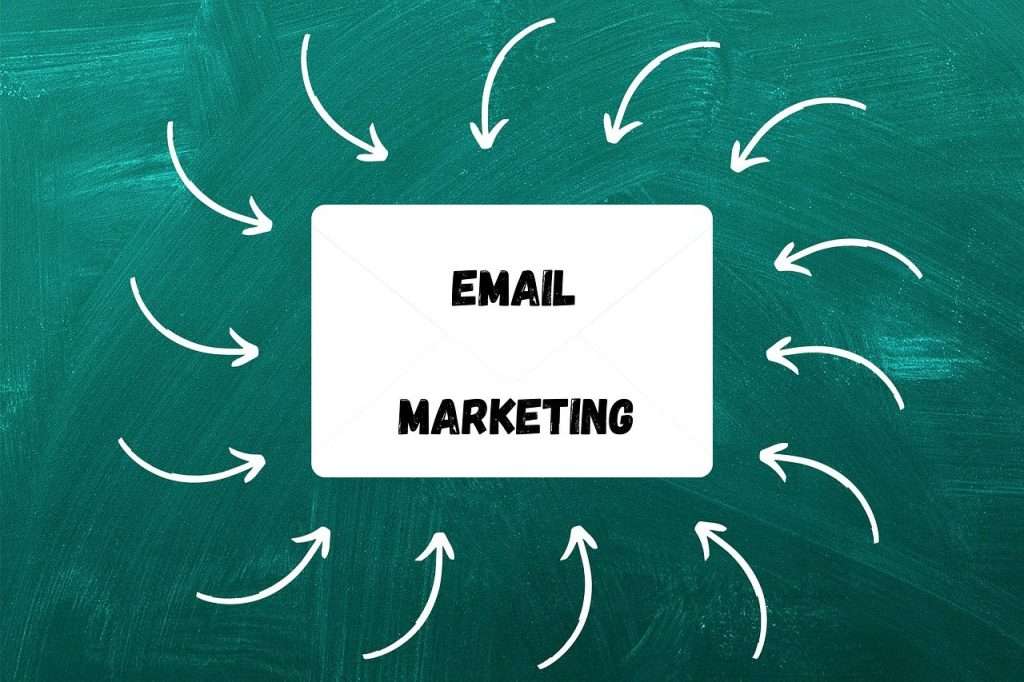
Email marketing continues to be one of the most powerful tools for businesses to reach customers, engage them, and boost sales. Whether you’re new to email marketing or looking to refine your strategy, this guide will walk you through the 10 simple steps to create an email marketing campaign that delivers results. Follow these easy-to-understand email marketing steps, and you’ll be on your way to a successful campaign in no time.
1. Define Your Campaign Goal
Before you start creating your email marketing campaign, the first step is to define the objective. Ask yourself: What do you want to achieve? Whether it’s increasing sales, driving traffic to your website, or growing your email list, having a clear goal will guide your campaign strategy and help measure success.
Pro Tip: Be specific. For example, instead of saying “increase sales,” aim for “boost sales by 15% within the next 30 days.”
2. Build a Quality Email List
A strong email list is the foundation of any successful email marketing steps. Make sure you’re targeting the right audience by collecting email addresses through sign-up forms, offering lead magnets, or using other methods like opt-ins. Remember, quality over quantity is crucial for better engagement.
Pro Tip: Always use double opt-ins to ensure your subscribers are genuinely interested in your content.
3. Choose the Right Email Marketing Platform
To create an email campaign that’s effective and streamlined, choose an email marketing platform that aligns with your needs. Some popular platforms include Mailchimp, Sendinblue, and ActiveCampaign. These platforms help automate processes, track results, and optimize deliverability.
Pro Tip: Look for platforms that offer features like segmentation, analytics, and A/B testing to improve your campaigns over time.
4. Segment Your Audience
Not all subscribers are the same. To make your email marketing efforts more effective, segment your audience based on their behaviors, demographics, or interests. Personalized emails often lead to higher engagement rates.
Pro Tip: Segment your list into categories like loyal customers, first-time visitors, or past buyers to tailor your messages.
5. Craft a Compelling Subject Line
The subject line is the first thing your audience sees, and it plays a huge role in whether your email gets opened. Make sure it’s catchy, relevant, and personalized to grab attention.
Leverage the expertise of our search engine optimization specialists to improve your website’s rankings and drive organic traffic to your business.
Pro Tip: Use power words, keep it short, and consider adding urgency to encourage readers to open your email.
6. Write Engaging and Valuable Content
Your email’s content should be clear, concise, and valuable to your subscribers. Focus on delivering content that provides real value, whether it’s informative tips, exclusive offers, or useful resources.
Pro Tip: Use visuals and a clean design to make your emails easy to read and engaging.
7. Add a Clear Call-to-Action (CTA)
Every email should have a clear call-to-action (CTA) that guides your readers on what to do next. Whether it’s making a purchase, downloading a resource, or following you on social media, a strong CTA ensures your audience takes the desired action.
Pro Tip: Make your CTA button large, colorful, and easy to spot.
8. Test and Optimize Your Emails
Before sending your email to your full list, perform A/B testing on various elements, including subject lines, email copy, and CTAs. Testing allows you to identify which versions resonate most with your audience.
Pro Tip: Continuously monitor the results and optimize your emails based on open rates, click-through rates, and conversions.
9. Analyze Campaign Results
After sending your email campaign, analyze its performance by looking at key metrics like open rates, click-through rates, bounce rates, and conversions. This data will help you understand what worked and where improvements are needed for future campaigns.
Take advantage of our expert Google Ads management services to drive targeted traffic and maximize your business’s online visibility.
Pro Tip: Use tools like Google Analytics or your email marketing platform’s analytics to track your performance in detail.
10. Refine and Repeat
The beauty of email marketing is that it’s an ongoing process. Use the insights gathered from your campaign analytics to refine your future efforts. Learn what works, tweak what doesn’t, and continue to optimize your strategy.
Pro Tip: Always keep your audience’s needs and preferences at the forefront of your strategy for maximum impact.
Why Email Marketing Matters
A successful email marketing campaign can significantly boost your engagement, conversions, and ROI. With the right steps in place, your business can develop meaningful connections with customers while driving consistent results. If you’re interested in expanding your digital marketing efforts, consider integrating social media marketing into your strategy to increase your reach and grow your brand.
Happy Plankton helps you create effective marketing strategies that drive results. Start applying these email marketing steps today and watch your campaign thrive!
FAQ
1. What are the first steps in creating an email marketing campaign?
The first steps include defining your campaign goals, segmenting your audience, and choosing an email marketing platform. These will help ensure that your campaign is targeted and effective.
2. How do I build an email list for my campaign?
You can build your email list by offering incentives such as discounts or valuable content in exchange for email sign-ups, and ensuring you have clear opt-in forms on your website and social media channels.
3. What should be included in the subject line of my email?
Your subject line should be compelling, clear, and concise, making the recipient want to open the email. Personalization and urgency can also help increase open rates.
4. How can I design an effective email?
Ensure your email is visually appealing, mobile-friendly, and easy to read. Use a clean layout, clear call-to-action buttons, and relevant images to engage your audience.
